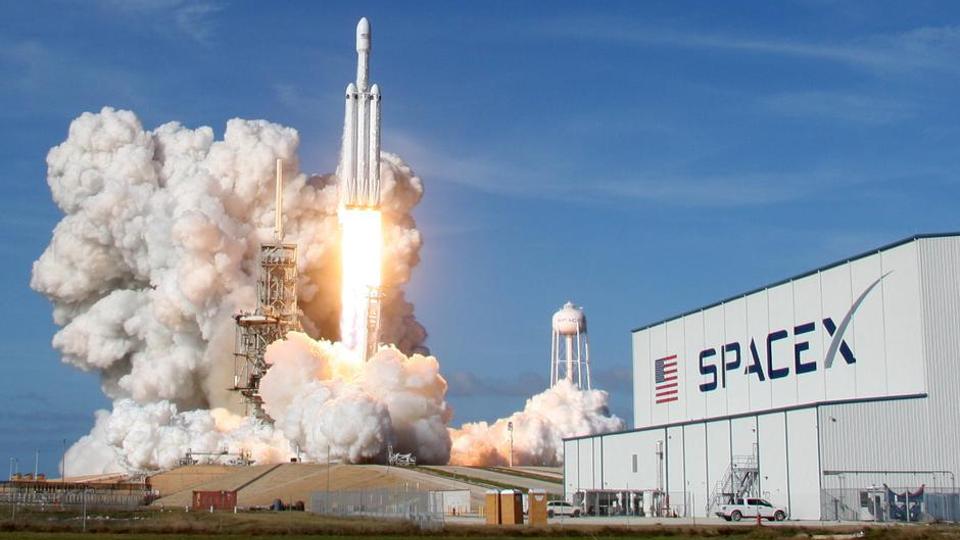News at noon on April 16, Beijing time. According to reports, as expected, SpaceX plans to close the road on April 19 (next Monday). This is likely to be the first static ignition attempt of the SN15 interstellar spacecraft. At any time in the next three days, three Raptor engines may begin to be installed. This process usually takes several hours.
It is reported that SpaceX CEO Elon Musk said that the company will “plan to launch” its fifth high-altitude interstellar spacecraft test flight as early as next week, in order to maintain almost a monthly test flight. Rhythm.
If you can learn from the failures of the SN8, SN9, SN10, and SN11 starship prototypes, SpaceX’s next test flight has a great chance of success. This is largely due to the “hundreds of improvements” newly introduced by the SN15 interstellar spacecraft. Among these improvements, a large part is expected to improve the technical defects that will eventually destroy all four front ships.
As of April 15th, SpaceX has cancelled the road closure plan on Thursday and Friday. There is no road closure, that is, the test window will be opened. This is very rare in Boca Chica, Texas. Earlier this week, the interstellar spacecraft SN15 appeared to have completed the low temperature verification and thrust disc stress test on Monday, and withstood the thermal stress of the (simulated) cryogenic propellant and the fuel tank pressure required for flight (>6 bar or 90 lbs/ Square inches) and the thrust of three Raptor engines.
On Wednesday, SpaceX dismantled a steel structure equipped with hydraulic cylinders (specially used to simulate the thrust of the Raptor) and conducted similar low-temperature verification tests later in the day. However, the second round of testing did not test the main fuel tank of SN15, but focused on the secondary header fuel tank of the interplanetary spacecraft, which is a special fuel tank for storing propellant for landing. At present, the results of these two tests are not clear, but the removal of the gate structure does show that the main low temperature resistance technology has been successful enough and does not need to be repeated.
Since the above-mentioned test seems to have been completed, there are only one or two major obstacles left between the interstellar spacecraft SN15 and the launch attempt next week. It is worth noting that since this is the first prototype to incorporate hydraulic plunger thrust disc testing into its anti-icing system since SN8, SN15 did not enter the launch pad with a Raptor engine. Assuming that SpaceX hopes to begin flight testing as soon as possible (that is, Monday), the company now has about three and a half days to install three Raptor engines.
Of course, there shouldn’t be any problems with this, but Musk said that SN15 will be the first interplanetary prototype to fly with an upgraded version of the Raptor engine. For these upgrade considerations, the installation process of the Raptor engine of the interstellar spacecraft SN15 may be longer than usual, because this is the first time that engine technicians and engineers have installed the Raptor on a starship prototype.
If SpaceX can accomplish this feat on Sunday, Starship SN15 will likely conduct a static ignition test on April 19 (Monday).
Historically, SpaceX has never tested an interstellar spacecraft within six days after the three Raptor engines have completed static ignition tests. This means that Monday’s successful test does not guarantee that SN15, SpaceX, or the Federal Aviation Administration (FAA) will be available next week. Can be ready for flight test. Nevertheless, given that the interstellar spacecraft SN11 was indeed launched four days after a static ignition test of a Raptor engine, the interstellar spacecraft SN9 also tried to launch three days after the static ignition test of three engines, so the SN15 was completed within the expected time. Launching is not impossible.
